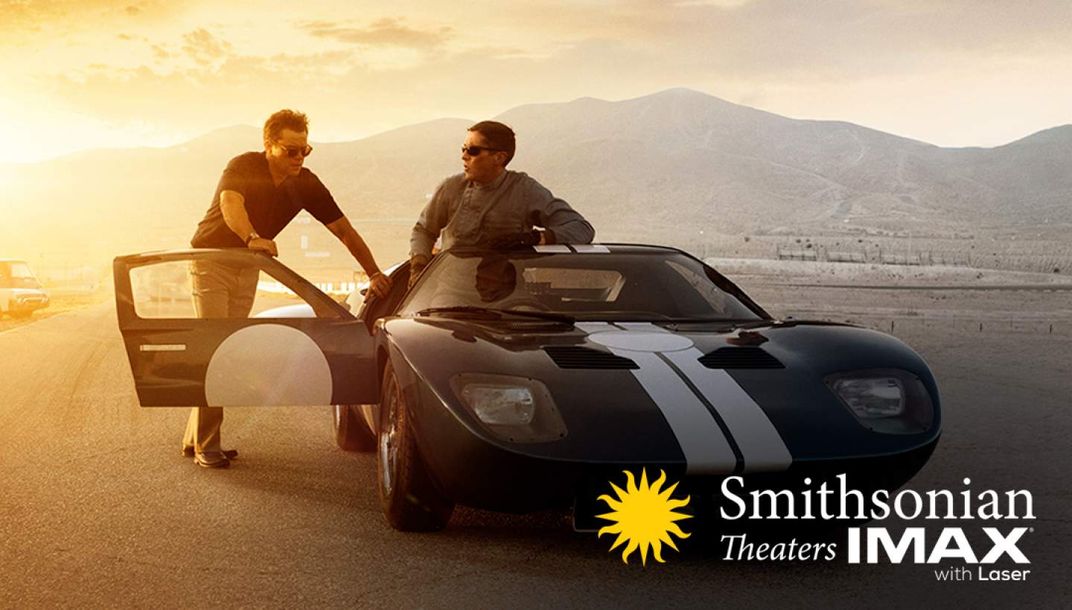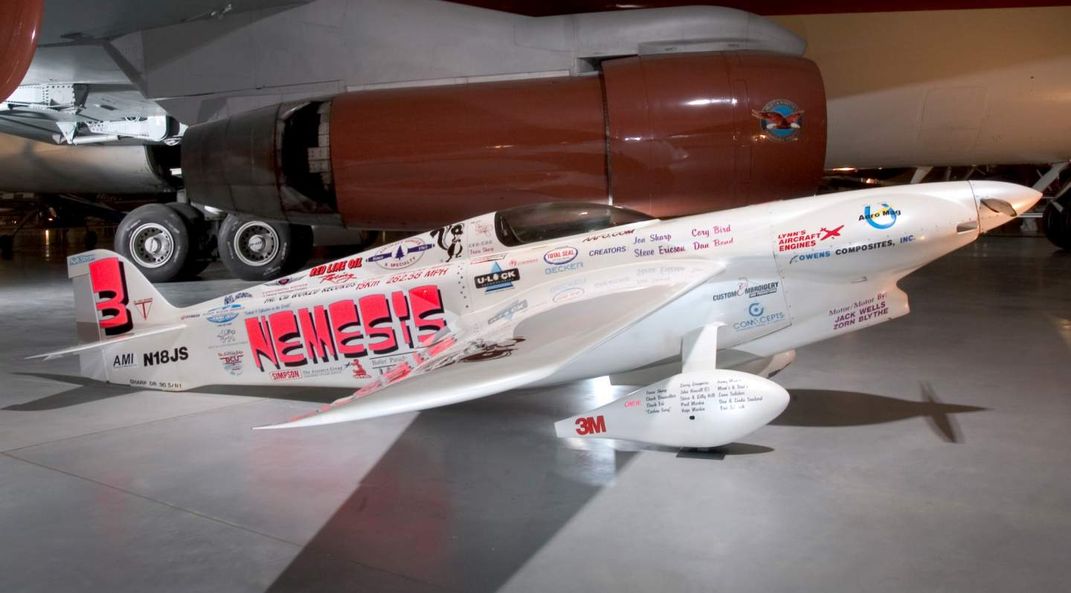Ford v. Ferrari Reminds Us That We Are a Nation of Speed
When theatergoers go to their local cinemas this weekend to see the new film Ford v. Ferrari, they’ll be watching on the big screen a retelling of a legendary rivalry from motorsports history. Ferrari race cars dominated international sports car endurance racing in the early 1960s, which included winning the epic 24-hour race at Le Mans in France every year from 1960 to 1965. Looking to find increased financial support for his racing program, Enzo Ferrari entertained a takeover from the Ford Motor Company, but rejected it at the last minute. Rebuffed, but not deterred, Ford embarked upon its own development program that created the celebrated GT40 race cars that won Le Mans from 1966 to 1969. Those victories cemented Ford’s reputation as an international motorsports powerhouse and bolstered the reputations of the individuals involved, including the leading characters of the film, Carroll Shelby and Ken Miles, played by Matt Damon and Christian Bale respectively, as racing heroes.
/https://tf-cmsv2-smithsonianmag-media.s3.amazonaws.com/blogging/featured/speed.jpg)
When theatergoers go to their local cinemas this weekend to see the new film Ford v. Ferrari, they’ll be watching on the big screen a retelling of a legendary rivalry from motorsports history. Ferrari race cars dominated international sports car endurance racing in the early 1960s, which included winning the epic 24-hour race at Le Mans in France every year from 1960 to 1965. Looking to find increased financial support for his racing program, Enzo Ferrari entertained a takeover from the Ford Motor Company, but rejected it at the last minute. Rebuffed, but not deterred, Ford embarked upon its own development program that created the celebrated GT40 race cars that won Le Mans from 1966 to 1969. Those victories cemented Ford’s reputation as an international motorsports powerhouse and bolstered the reputations of the individuals involved, including the leading characters of the film, Carroll Shelby and Ken Miles, played by Matt Damon and Christian Bale respectively, as racing heroes.

Ford v. Ferrari reminds us that the United States, throughout its history, has cultivated a deep-rooted connection with fast-moving technology, whether it is on land, sea, or in the air. Here at the National Air and Space Museum, we will open the exhibition Nation of Speed in 2022 to tell stories of people with the need for speed and display their technology. Americans connected the nation with automobiles, ships, locomotives, and aircraft that facilitated travel and commerce over networks of roads and highways, shipping lanes and canals, railroads, and air routes. The American military relied upon high-speed aircraft and missiles to assert its role during the Cold War and after. As aircraft and automobile speeds increased, U.S. Air Force flight surgeon Col. John Stapp pioneered safety standards that shape the way we travel to this day. Part of his research included riding the rocket sled, Sonic Wind No. 1, to speeds of 632 mph in 1954, which earned him the nickname “Fastest Man on Earth.” Sonic Wind has been fully-restored and will go on display for the first time at the Smithsonian in Nation of Speed.
While America traveled, conducted business, and protected itself with high-speed technology, the public embraced motorsports as a national pastime. Pilots and drivers, builders, manufacturers, and their racing vehicles all became celebrities as they found themselves in the winner’s circle. Visitors to Nation of Speed will learn about aviation pioneer Glenn Curtiss and his world record V-8 motorcycle, lion-taming Roscoe Turner and his Thompson Trophy-winning Meteor air racer, Indianapolis 500 victors Mario Andretti and the STP Hawk No. 2, Richard Petty and his 200th victory winning Pontiac No. 43, unbeaten air racers Jon Sharp and Nemesis, and Erin Sills and her BMW land speed motorcycle.

The United States shares with the rest of the world its passion for speed and racing. One ever-present example is auto racing, which emerged first in Europe and the United States in the early 20th century and spread around the world. Many Americans embraced European-style road racing, especially after World War II, through groups like the Sports Car Club of America, and on mythic tracks such as Sebring in Florida, Road America in Wisconsin, and Riverside in California. Others traveled to legendary circuits like Le Mans, Monza, and Monaco to race and win on the world stage. To tell that international story, Nation of Speed will feature during its ten-year run a Porsche 917K, one of the most iconic racing cars in history. Developed specifically to race at Le Mans, the 917K gave Porsche its first overall wins there in 1970 and 1971. The blue and orange 917s sponsored by Gulf Oil and campaigned by JW Automotive Engineering became the ultimate symbols of international auto racing.
Hollywood has a long history of bringing to American audiences the drama, speed, and spectacle of international racing. Films like Henry Hathaway’s The Racers (1955), John Frankenheimer’s Grand Prix (1966) featuring James Garner, and Le Mans (1971) with Steve McQueen captivated contemporary audiences and persist as favorites amongst automotive enthusiasts. James Mangold’s Ford v. Ferrari, which is known as Le Mans '66 in overseas markets, is the latest installment and may initiate a new rivalry for best racing movie.
